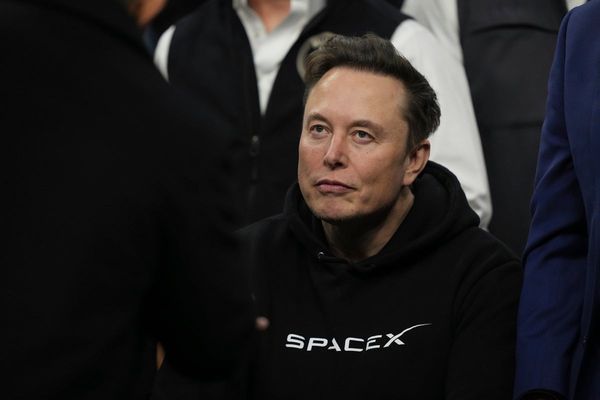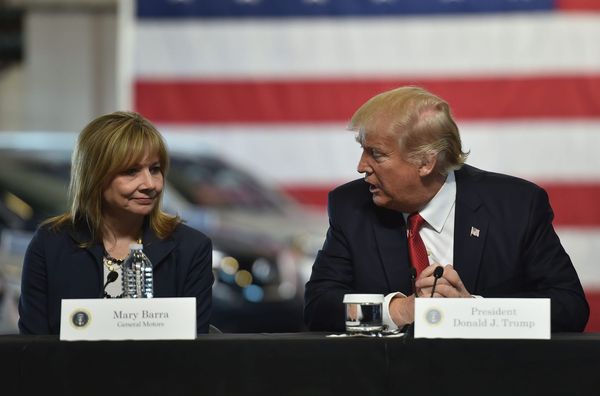
Greenko was the lowest bidder for 3,000 mega watt hours (MWh) tender called by state run firm’s unit NTPC Renewable Energy Ltd, with Italy’s Enel Group Indian arm Enel Green Power (EGP), JSW Neo Energy Ltd, Hinduja Renewables Energy Private Ltd, HES Infra Pvt Ltd, and India Grid Trust (IndiGrid) also in the fray. Greenko’s lowest bid was for ₹5 per kWh on a single cycle per day basis, with effective storage charges to be far lower than ₹2.5 per kWh.
The tender is for supply of 500 megawatt for six hours for a 25 year period wherein various storage technologies such as PSP, lithium ion battery, sodium sulfur battery and compressed air storage competed. NTPC plans to supply round the clock electricity to the commercial and industrial (C&I) segment. Open access allows large users of electricity to buy power from the open market, instead of depending on a more expensive grid. These projects are generally insulated from risks such as power procurement curtailment and tariff-shopping by discoms.
Queries emailed to the spokespersons of NTPC Ltd and Enel Green Power were not immediately answered. Hinduja Renewables Energy Private Ltd, HES Infra Pvt Ltd, and Indigrid couldn’t be immediately contacted.
Greenko has India’s largest operational clean energy portfolio of 7.5 gigawatt (GW) and is building 50 gigawatt hour (GWh) of storage capacity on pumped storage technology (PSP), as part of its plan to set up an energy storage cloud platform of 100 GWh. National Investment and Infrastructure Fund’s (NIIF) Ayana Renewable Power Pvt. Ltd. has also partnered with Greenko Group to store 6-GWh of power in hydro pump storage plants that Greenko is building at Pinnapuram in Andhra Pradesh.
“This storage tender is an inflection point in the global energy transition journey as it establishes model for procurement of long duration energy storage capacity by RE Generators and utilities for creating decarbonized power supply solutions to meet the net-zero requirements of the nation," Greenko said in the statement.
With India committing to net-zero carbon emissions by 2070, increasing non-fossil energy capacity to 500 GW by 2030 and reducing carbon intensity of its economy by 45 % as against 2005 level; energy storage is expected to play an important role. According to India’s peace power sector planning body Central Electricity Authority (CEA), by 2030, the country’s power requirement would be 817GW, more than half of which would be clean energy. Also, according to CEA, the country requires 27 GW of battery storage by 2030 with four hours of storage and 10 GW of hydro pumped storage plants (PSP).
India’s electricity storage space is expected to be a vital part of the energy transition. The idea is to store cheap green power during off-peak hours in pump storage projects and release it for consumption when the electricity demand increases. The union government is also trying to leverage India’s hydropower potential to facilitate the world’ largest energy transition, as they offer ideal solution to meet peak load. Large battery storages that store electricity in the form of chemical energy or electrochemical energy and re-convert it to electricity can also help India’ electricity grids, given the intermittent nature of electricity from clean energy sources such as solar and wind.
Greenko has been rapidly adding scale to its green energy playbook and in the first such green ammonia export foray out of India, recently partnered with Singaporean conglomerate Keppel Corp. to jointly explore setting up a 250,000 tonnes green ammonia production facility. This also comes in the backdrop of Greenko Group and Belgium’s John Cockerill plan to set up a 2 GW electrolyzer factory in India, one of the world’s largest, through their joint venture. The factory will require an investment of $500 million.
The union power ministry is also looking to propose viability gap funding (VGF) scheme for battery storage as reported by Mint earlier. To help India’ national grid management functions, the government plans to call bids for setting up around 4 GWh of grid-scale battery storage system at the regional load dispatch centres (RLDCs). India also plans to set up a 14 GWh grid-scale battery storage system at the world’s largest renewable energy park at Khavda in Gujarat and also plans to invite bids for the largest global tender for setting up a 13GWh grid-scale battery storage system in Ladakh.







